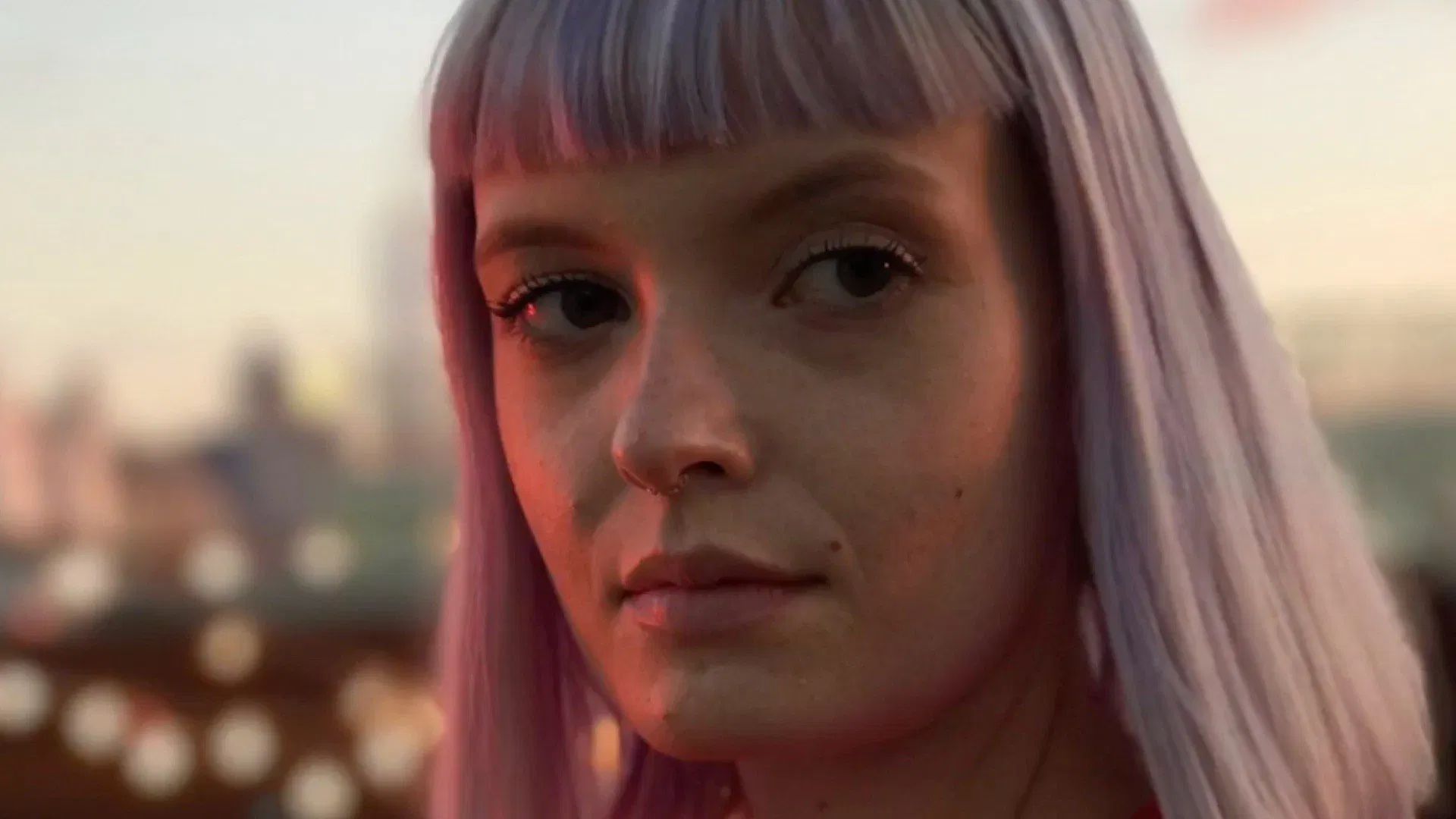 2394
2394
 2020-07-07
2020-07-07

Portrait mode for iPhone arrived back in 2016 as a beta. The Bokeh effect photo feature has improved and evolved over the years but Apple still hasn’t offered the feature for shooting video. Now a new app called Focos Live adds the functionality to shoot wide aperture videos with a Bokeh effect on iPhone.
Shortly after Apple launched Portrait mode for photos, my colleague Michael Steeber wrote a detailed piece in 2017 describing how iPhone could take the feature further by offering Portrait mode for videos. He noted the most common options to get the effect in video: If you want to create the same effect in a video today, there are two common options. The first and easiest is to spend the money on expensive cameras and lenses with a wide aperture – that’s what gives you a shallow depth of field.
The second and more tedious option is to use post-production software like Adobe After Effects to build your own depth maps or video masks in order to specify which parts of a scene should be in focus. This can involve a strenuous process called rotoscoping, a time-consuming task that is often done frame-by-frame.
Since then, some apps have tried to tackle adding a Bokeh effect to iPhone videos with software alone but that usually doesn’t work too well.
Now just shy of four years after Portrait mode arrived, what appears to be the first app to offer Portrait mode video has landed (via Ben Geskin). Focos Live allows you to shoot wide aperture with Bokeh effect videos for iPhones “on dual camera, triple camera, and front Face ID camera.”
The app looks to offer a variety of advanced features and granular controls including object tracking and auto aperture adjustment, multi-choice simulated aperture diaphragms, layer adjustment control, speed ramping, video reverse option, a standalone audio editor, and more.
Focos Live is available as a free download with in-app purchases to unlock the full feature set at $1.99/month, $8.99/year, or $14.99 for a lifetime subscription. So far the new app has a 4.4/5 star average rating.
After testing it, Ben did note that it doesn’t offer stabilization for some reason and that it works better with faces than inanimate objects.
Source: 9to5mac